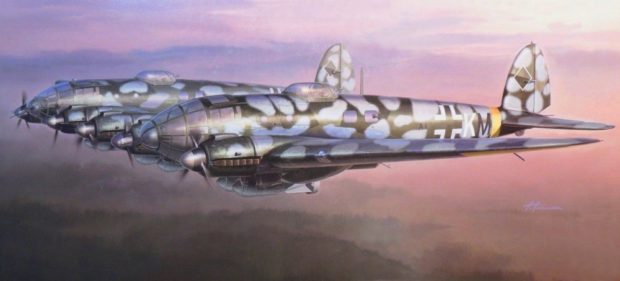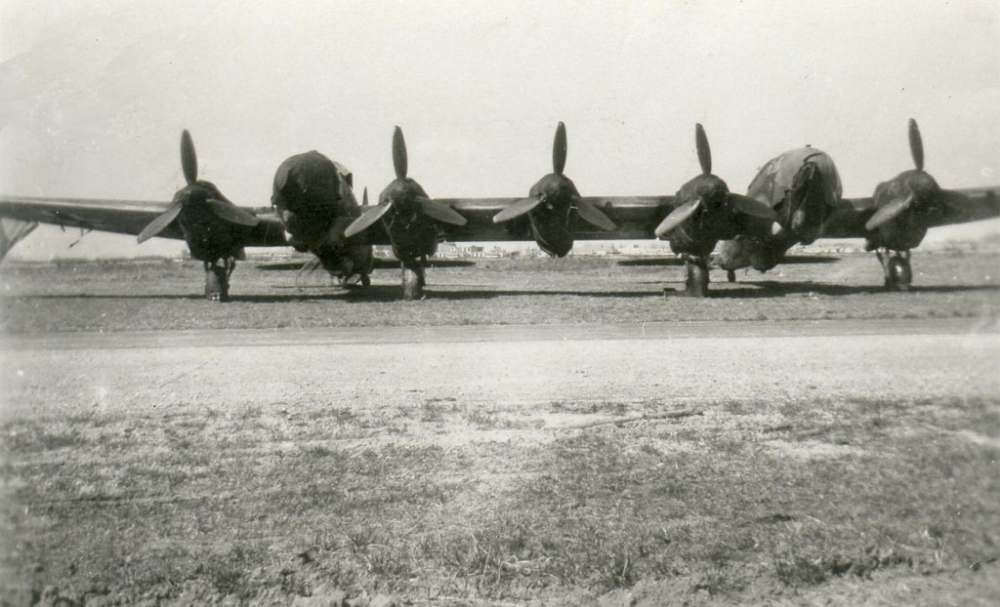The Heinkel He 111 was one of the most commonly used German bombers during the first years of the Second World War, over 5,500 aircraft were built in total with several different versions being created along the way, the most unusual of which was easily the He 111Z Zwilling.
The He 111Z Zwilling was basically two standard He 111’s joined at the wing and with an additional engine added in between. It was originally designed to tow gliders, in particular the large Messerschmitt Me 321. The He 111Z Zwilling was to replace the previous tow aircraft for the Me 321, which consisted of a trio of Bf 110 heavy fighters flying in a V formation.
Despite its odd appearance, the Heinkel He 111Z Zwilling was rated highly by its pilots. Four aircraft were originally ordered, with a further 10 later being built, along with 5 more constructed from existing standard He 111s.
Powered by five Jumo 211F engines, each producing 1,340 horsepower, the Heinkel He 111Z Zwilling had a range of 2,500 miles, and could tow a Me 321, or the smaller Gotha Go 242 glider for up to ten hours.
In addition to glider towing, a variant capable of carrying four anti-shipping guided missiles, as well as 15,870 lbs (7,200 kgs) of bombs was also built, although it never saw action. A third version, a long-range reconnaissance aircraft, was planned late in the war but never built.
Although the aircraft had two identical fuselages, only the left side fuselage had a pilot. The crew of seven consisted of a pilot, mechanic, radio operator and gunner in the left side, and an observer, mechanic and gunner in the right side fuselage.
Overall the Heinkel He 111Z Zwilling saw very little operational action. It’s size meant it could only operate from large airfields, and although it was originally scheduled to assist in an invasion of Malta, and provide supplies during the Battle of Stalingrad, it was never used.
Many aircraft were destroyed on the ground, although one was shot down by RAF fighters over France on March 14, 1944 while towing a Gotha Go 242 glider. Four examples survived the war, although they were subsequently scrapped.
Sources: YouTube; DisenoArt


